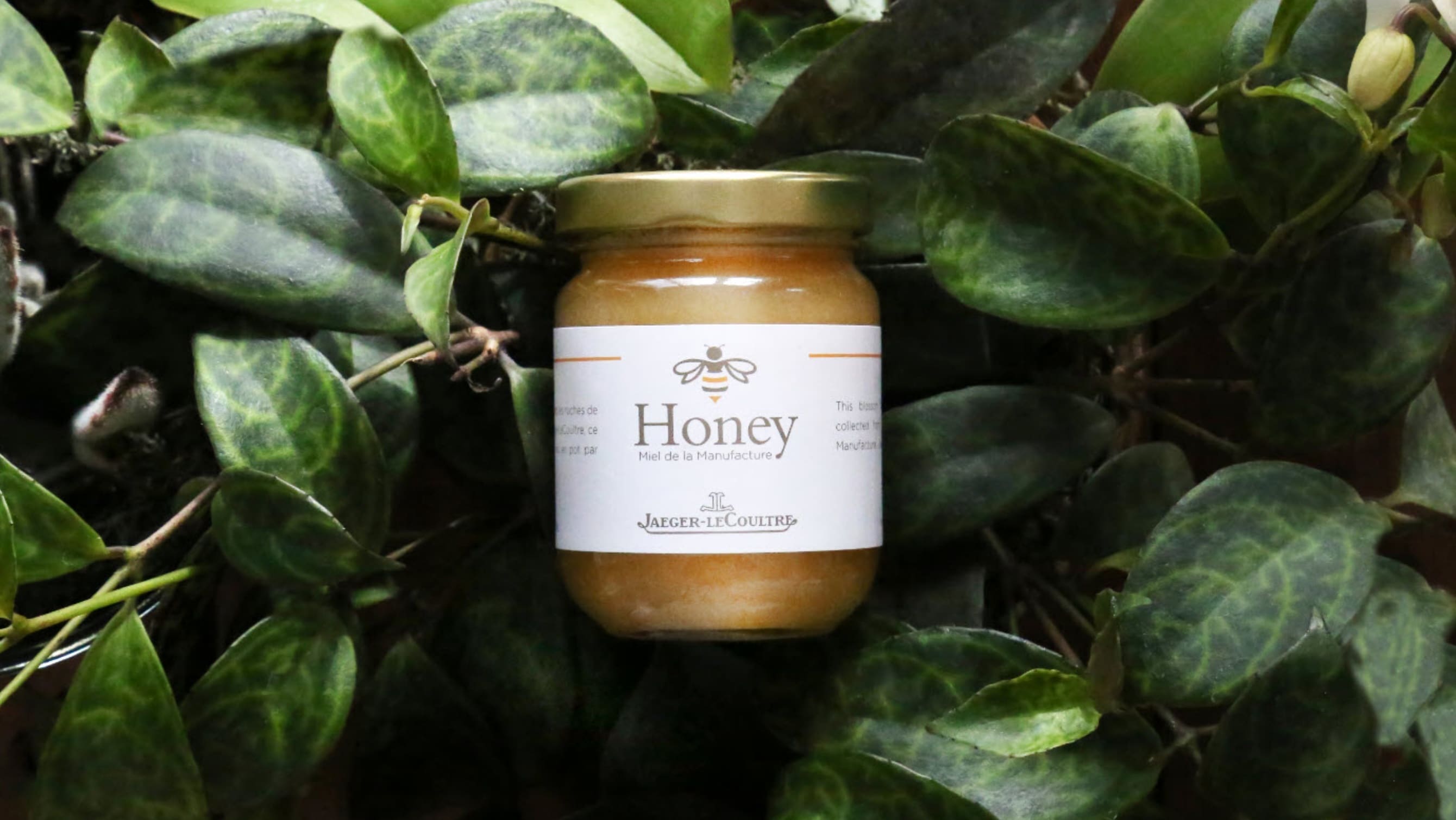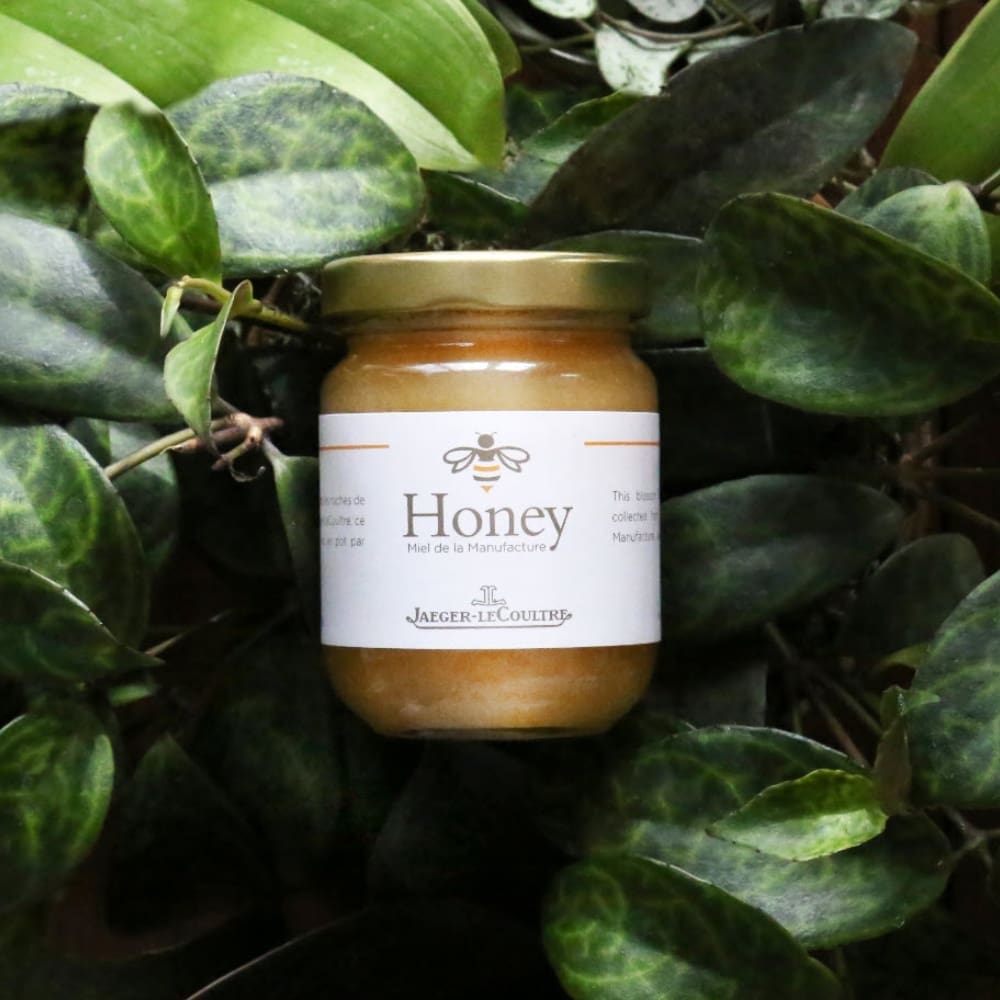How the humble honey bee helps keep Jaeger-LeCoultre’s high watchmaking buzzing
Jamie WeissBack in 2022, I was fortunate enough to be able to visit the Jaeger-LeCoultre manufacture in Le Sentier, Switzerland – a real watch journalism career highlight. Nestled in the heart of the Vallée de Joux in the Jura Mountains, the birthplace of Swiss horology, the Jaeger-LeCoultre manufacture is one of the most complete in the industry. JLC creates, develops, decorates, and produces all their timepieces within their own workshops, so in visiting their manufacture, you get to see every part of the watchmaking process. I highly recommend it.
Of course, the manufacture itself and the watches created within are gorgeous, but what’s particularly striking is how beautiful the manufacture’s surroundings are, too. Le Sentier is a tiny town of only 3,000, of which JLC’s manufacture sits on the outskirts. The Vallée de Joux is jaw-droppingly stunning: being in Le Sentier, you feel humbled by nature. Walking around the manufacture, there’s a striking sense of isolation, yes, but also of tranquillity and attunement with nature. No wonder, then, JLC’s watchmakers create such exquisite watches when they work in such a place.

That attunement with nature is quite literal. One moment that particularly stood out to me during my visit was watching one of JLC’s master craftsmen applying anglage – a movement finishing technique in which the right-angled edges of the bridges, plates and other components are filed and polished at a 45-degree angle (Borna explains the technique in greater detail here). He explained that in autumn, he goes out into the forest that surrounds the manufacture and harvests gentian wood. He then whittles down pieces of the wood into fine points, which he uses as tools for one of the final polishing stages.
It’s a technique that watchmakers in the Vallée de Joux have been utilising for hundreds of years, and speaks to the connection to nature JLC’s watches have. It was also trippy that he was explaining all this to me while a multi-million-dollar multi-axis CNC machine was whirring away next to his workbench – the juxtaposition between old-school and new-school was very cool.
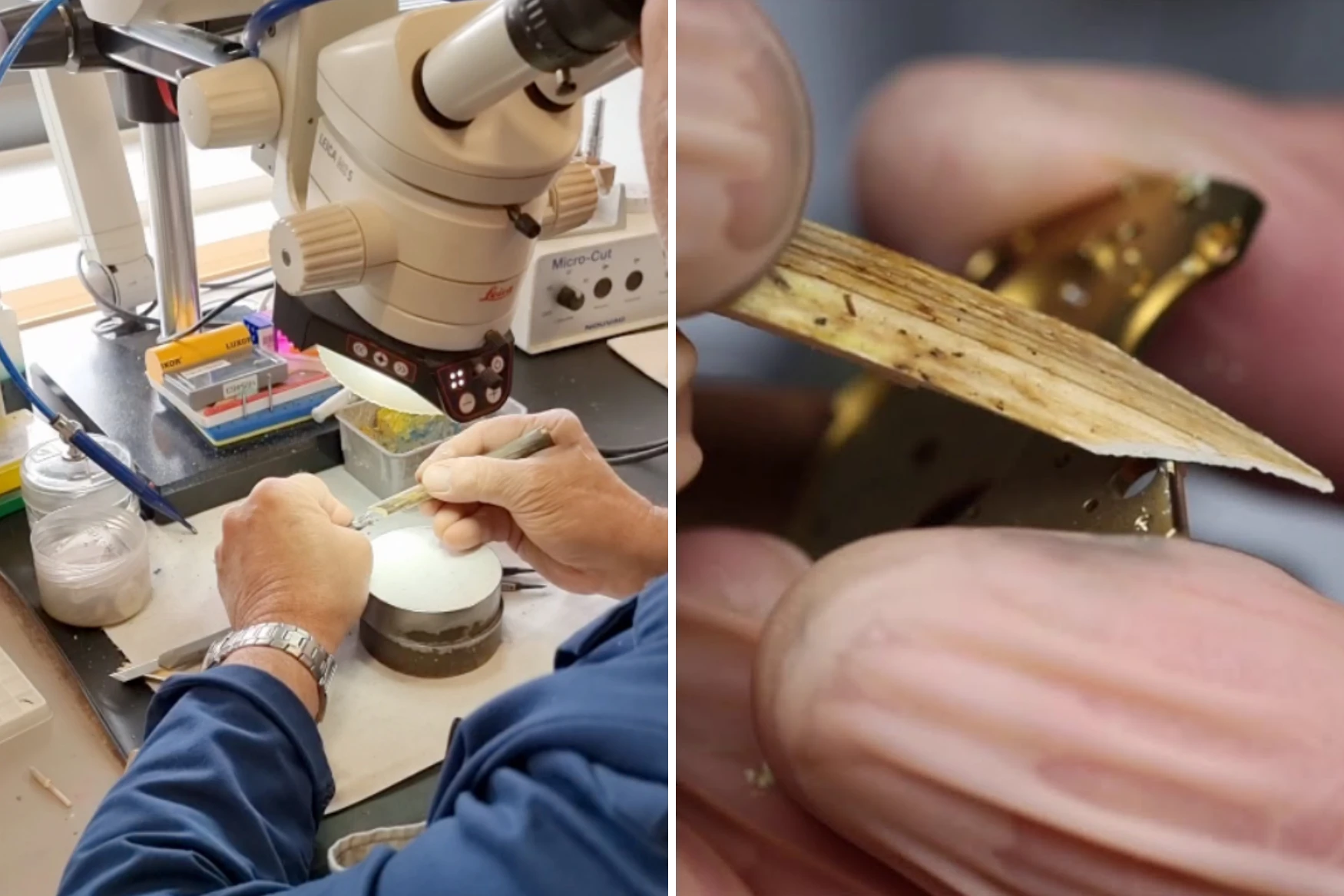
Something else I remember from the trip was being gifted a little jar of honey, produced by Jaeger-LeCoultre’s very own beehives – another little connection to nature. At the time, it struck me as an unusual but fun gift: the Swiss love honey, and Swiss honey is pretty damn good, so no complaints from me. The other day, though, I dug the jar of honey out of the cupboard for some toast, and I had a little epiphany: is there more to this Jaeger-LeCoultre honey than it just being a nice memento? Is there actually a direct link between these bees and the watchmaking itself?
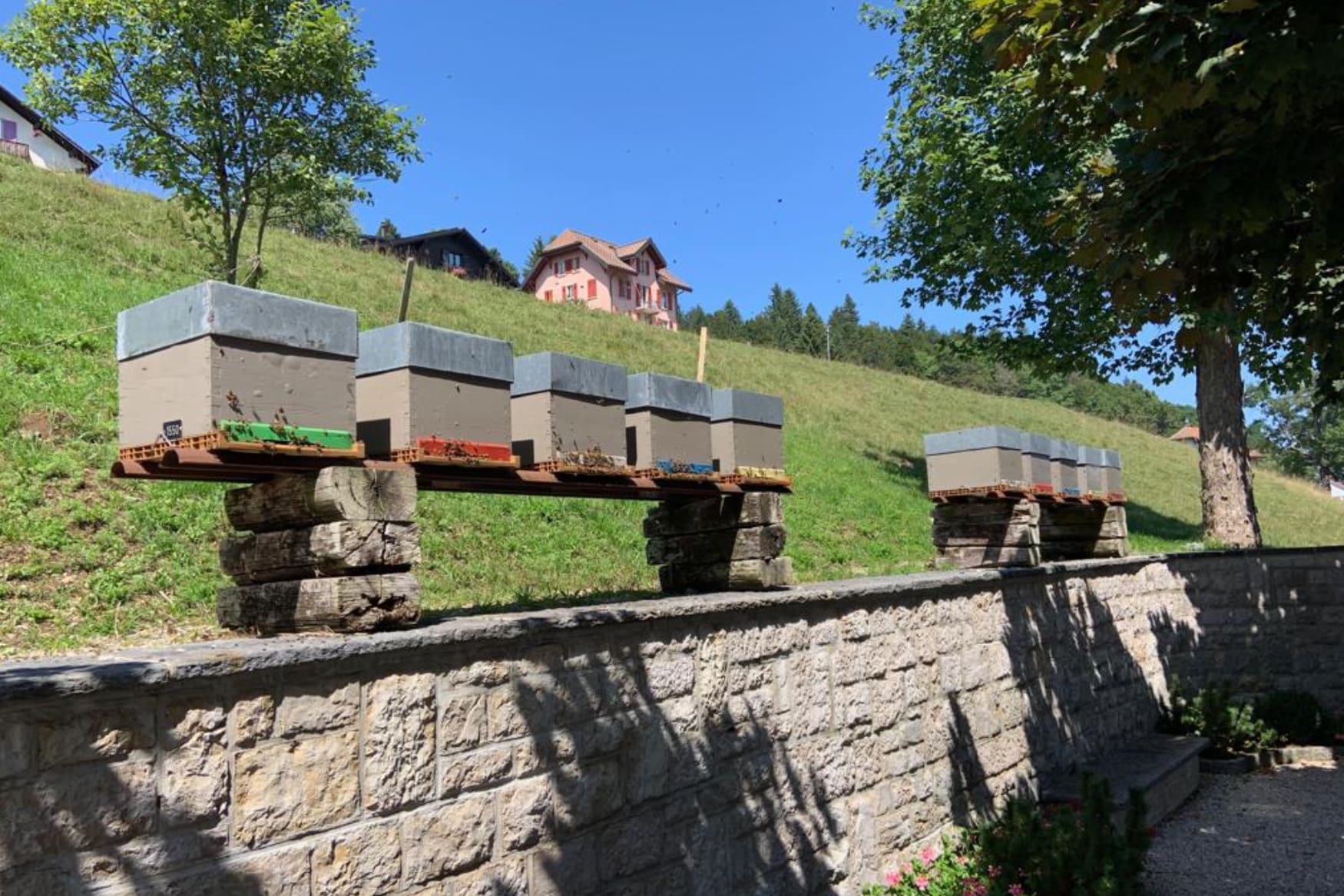
I reached out to JLC to find out more about their beehives, and they got back to me, explaining that they’ve had the beehives for almost 12 years.
“We have 10 hives (and as many colonies), each housing 50-60,000 bees,” JLC explains. “The hives are located opposite the main entrance to the Manufacture. In summer, during the peak bee season, our hives reach 500,000 to 600,000 bees. The winters in the Vallée de Joux are harsh and snowy, so the colonies spend the winter on the plains and are moved to the area opposite the Manufacture in spring, where they remain until autumn.”

JLC explains that the reason they installed the beehives was first and foremost to raise awareness about the collapse of bee populations around the world and set up their beehives with the help of Franck Crozet, a local beekeeper who owns the largest collection of beehives in Switzerland.
“The production of honey contributes to the virtuous circle of protecting bees and serves to raise awareness among the people who receive our jars of honey,” they explain. “We’ve noticed that our beehives are well-received by the people of the Vallée de Joux and by our visitors. Our employees are also proud of this project, reminding us that we don’t just make timepieces, but also help preserve our planet.”
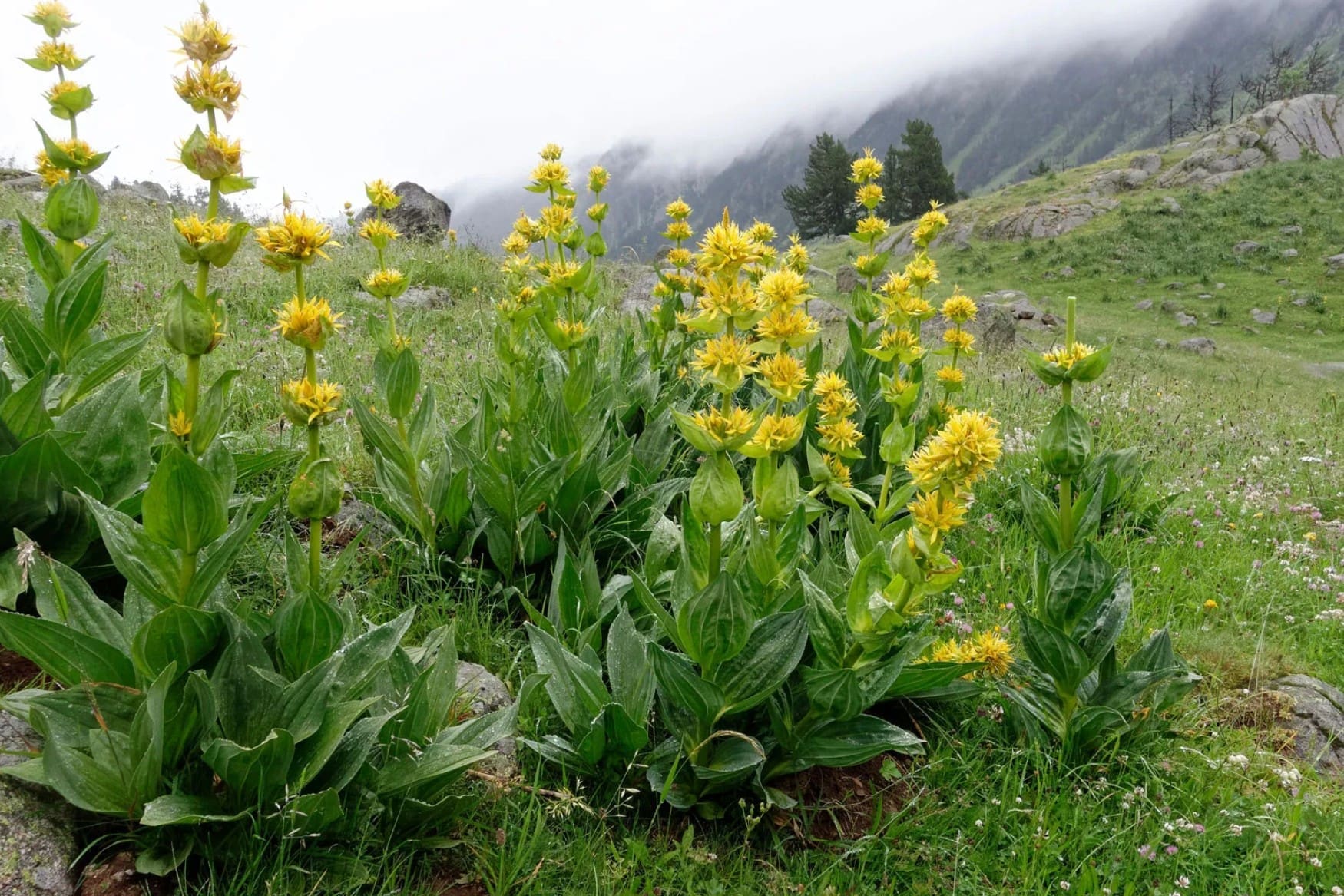
However, I think there’s another reason why these beehives are important to JLC – whether it was by design or not.
The gentian that watchmakers use is specifically Gentiana lutea, or the great yellow gentian, which is native to the mountains of central and southern Europe. A perennial plant that has long been prized for its roots, which are used in liqueurs and herbal medicines, it produces vivid yellow flowers upon stems that can grow to over one metre tall in summer – and it’s the stems that watchmakers are interested in. Blancpain’s Lettres du Brassus magazine has produced a detailed piece about how watchmakers harvest and prepare gentian wood, so give that a read.
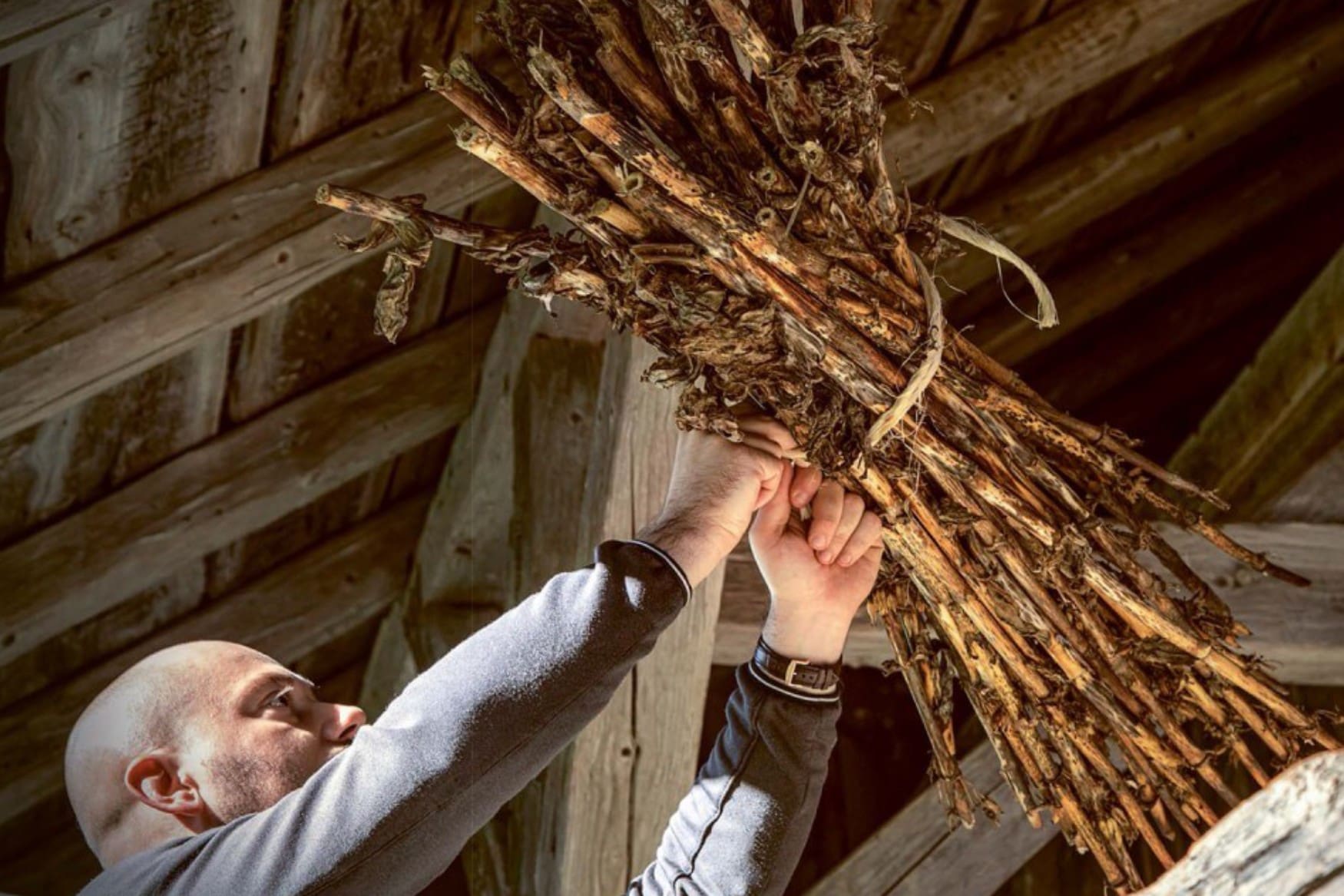
Anyway, keep following my train of thought: yellow gentian is a flower. Bees, of course, pollinate flowers. I wonder if JLC’s beehives also help ensure there’s always a healthy supply of gentian around the manufacture so that watchmakers can continue to use gentian wood to polish watch components. In that way, there’s a direct link between these beehives and JLC’s métiers d’arts.
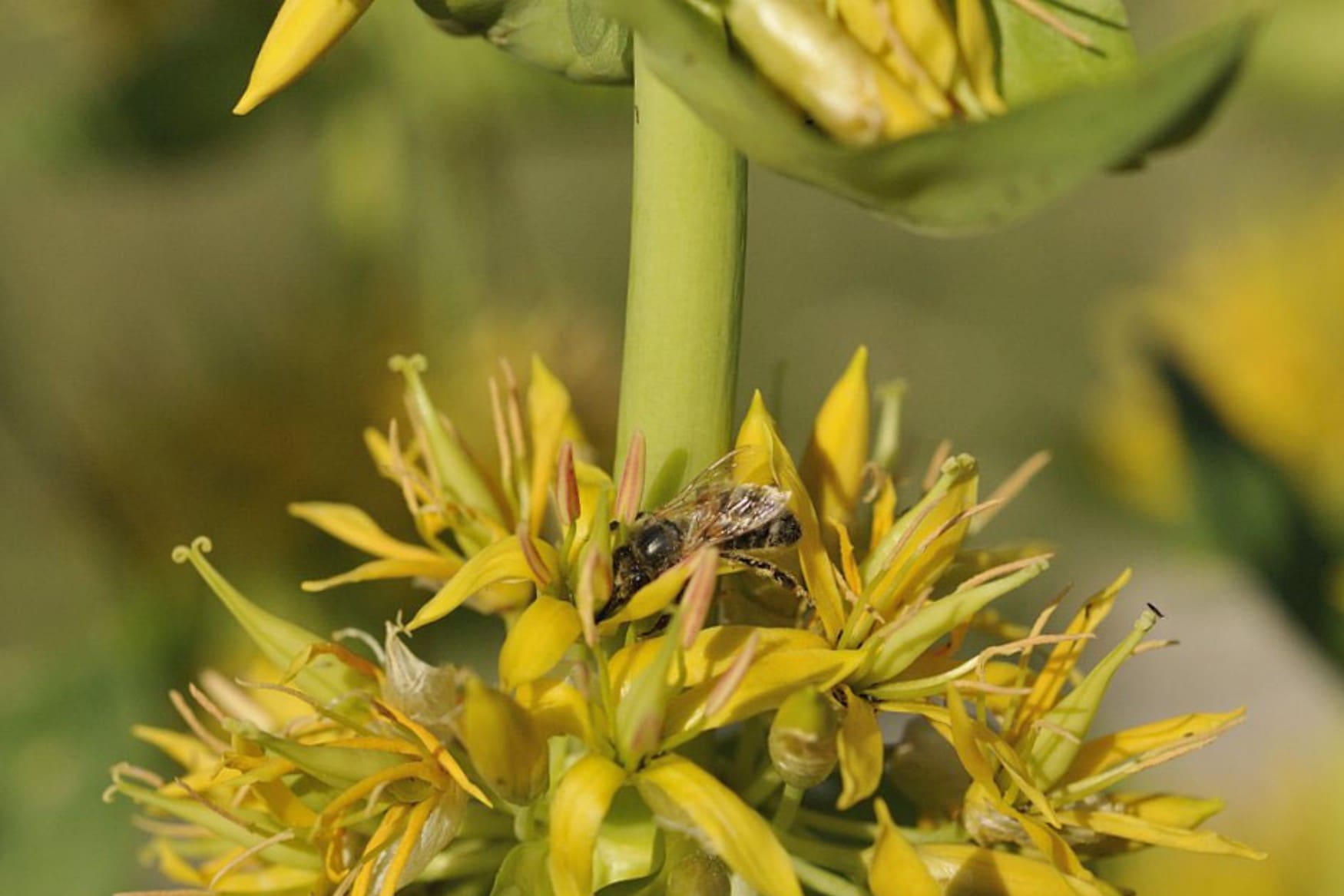
JLC could neither confirm nor deny that this was indeed the case – truthfully, it’s probably quite hard to quantify whether or not their beehives are part of their production process, so to speak. But I don’t think it’s a long bow to draw. What I do know for certain is that the connection JLC’s watchmakers have with nature is undeniable… And that their honey is delicious.




